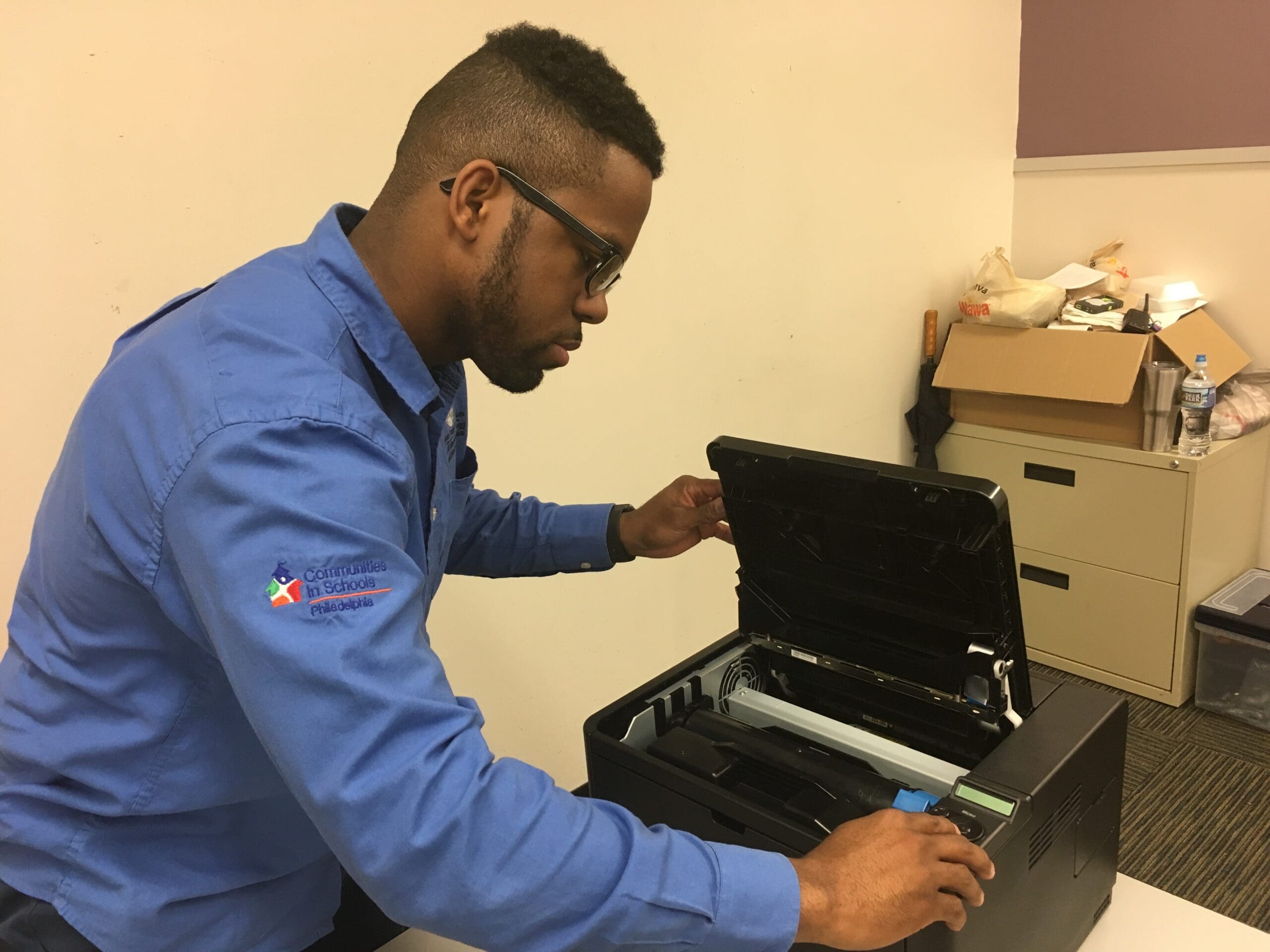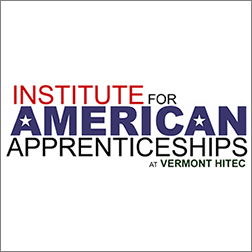May 10, 2021
A key characteristic of a high-quality pre-apprenticeship is the connection to Registered Apprenticeship or other high-quality apprenticeship programs. Building these connections for opportunity youth can be challenging given the varying level of understanding of the population that employers and apprenticeship sponsors have. While there has been a growing movement in building apprenticeships for in-school youth, opportunity youth and other disconnected job seekers remain largely unserved and therefore many employers do not understand the value and assets that they present to the workforce.
High-quality pre-apprenticeships will also provide participants with connections to various postsecondary and career pathways after training. This is especially important for those who may not be ready to advance into a Registered Apprenticeship or who may wish to continue their education instead.
Pre-apprenticeship programs should partner with industry, employers, unions, intermediaries, and the public workforce system to facilitate placements.
Partnerships with industry, employers, unions, workforce intermediaries, and public workforce partners can be especially important for programs serving opportunity youth because the population is often misunderstood by these stakeholders. Many employers are hesitant to engage younger workers out of concern that there may be too much risk or that they may require too much support. Strong partnerships and engagement can help underscore the assets that these young people bring with them, including their skills, competencies, knowledge, and perspectives, and demonstrate the positive impacts that hiring them can have on an individual employer or industry’s bottom line. They can also highlight the ways in which community-based organizations can partner with employers for the successful retention and advancement of opportunity youth.
To build effective partnerships, JFF recommends that programs convey the benefits pre-apprenticeship and opportunity youth bring to employers and other stakeholders from the start of engagement. Programs should prioritize the inclusion of formal agreements for hiring and placing opportunity youth participants into jobs and apprenticeships and establish comprehensive memorandums of understanding that articulate the percentage of participants who will receive employment upon successful completion of their pre-apprenticeship program.
These agreements should include commitments to diversity, equity, and inclusion, and nondiscriminatory hiring practices. JFF also recommends that programs create opportunities for young people to engage with employers. This can happen through job shadows, career fairs, and work-based learning, as well as through mentoring and including young people in groups and meetings with stakeholders where they can share their feedback. Doing this will help employers better understand the value that opportunity youth represent to their workforce needs and can also help participants expand their professional networks, which can support their future career advancement.
Programs should work with program sponsors to determine their form of selection preference for program graduates, such as guaranteed interviews or direct entry into a high-quality apprenticeship.
To ensure that opportunity youth can successfully progress from a pre-apprenticeship into a Registered Apprenticeship, providers should have a full understanding of the entry requirements and selection criteria of apprenticeship programs and design their programs with these requirements in mind. JFF recommends that programs also consult resources like The Urban Institute’s Competency-Based Frameworks or JFF’s self-paced, online Competency-Based and Hybrid Apprenticeship course to ensure that they provide the proper technical and soft skills needed for success in the apprenticeship.
Programs should connect pre-apprenticeship graduates who do not enter an apprenticeship to a postsecondary education and training option, or to an employer in a related field for an interview.
As mentioned previously, not all young people who complete a pre-apprenticeship will want to transition into a Registered Apprenticeship or other high-quality apprenticeship program. Some may want to directly enter the workforce while others may choose to continue with their education in a postsecondary setting. An apprenticeship can be an alternative route to attaining a college education. Pre-apprenticeship programs can facilitate connections to postsecondary education by establishing advanced standing agreements for program completers.
High-quality pre-apprenticeships will help opportunity youth not only understand the range of workforce training and career pathways available but also the different postsecondary pathways available. To do this, JFF recommends that programs leverage their career navigation activities to help participants explore potential careers before they make a decision about their next steps. Programs should also explore partnerships with educational providers such as community colleges or four-year universities to help inform the connections participants can make to postsecondary pathways.

Component in Action
